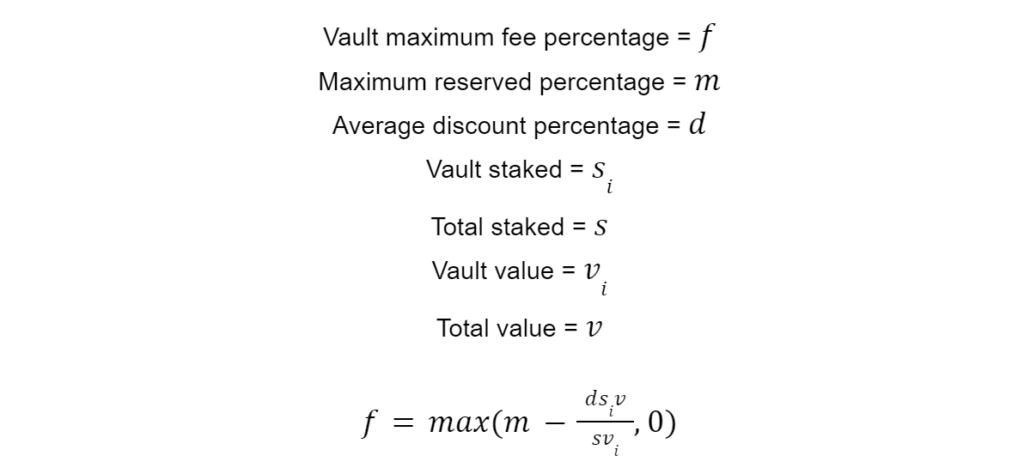What is $gvEASE?
$gvEASE Overview
$gvEase is Growing Vote Ease. It is the basis for ease’s DAO and staking systems.
As stated in our initial announcement document, over a year, this voting/staking power will linearly increase to a maximum of 2x the original amount of Ease deposited. This is calculated through the equation below.

The belief is that the system has some superiorities to the popular “ve” (voting escrow) system that Curve pioneered. Those being:
- increases in the security of governance by making it much more expensive to attack up-front
- getting rid of the need for participants to lock-up tokens for years
- getting rid of the incentive for external protocols to control a large percentage of the token supply
Uses
$gvEASE has two uses in the ecosystem.
- voting on governance proposals
- staking to a vault to lower the maximum fees for a single hack.
Staking
Users can stake $gvEASE onto each vault in the Uninsurance ecosystem
The more tokens that are staked to a vault, the lower the maximum fee of that vault is for any particular hack. The maximum fee range for our system is currently coded to range from 0% to 33% of the vault’s TVL.
Keep in mind this is the maximum fee that can occur. So maximum fees will not affect the vast majority of hacks–only the biggest black swan events.
The equation to determine the maximum fee is as follows:

When this system launches and no $gvEASE has been staked, the maximum fee for each vault will sit around 20%. As users stake their $gvEASE into the system it will begin to fluctuate up or down based on the above equation. But as previously stated, all vaults will always have a maximum fee inside the range of 0%-33%
Read more about how to stake here on the Knowledge Base.
Leasing
If one does not have a desire to participate in the staking system they can lease their gvTokens to users that are giving out bribes. If you lease your tokens out they will be distributed to be staked on vaults with existing bribes. In return, you will receive weekly payments of $EASE from the bribe!
Learn more in the Knowledge Base: